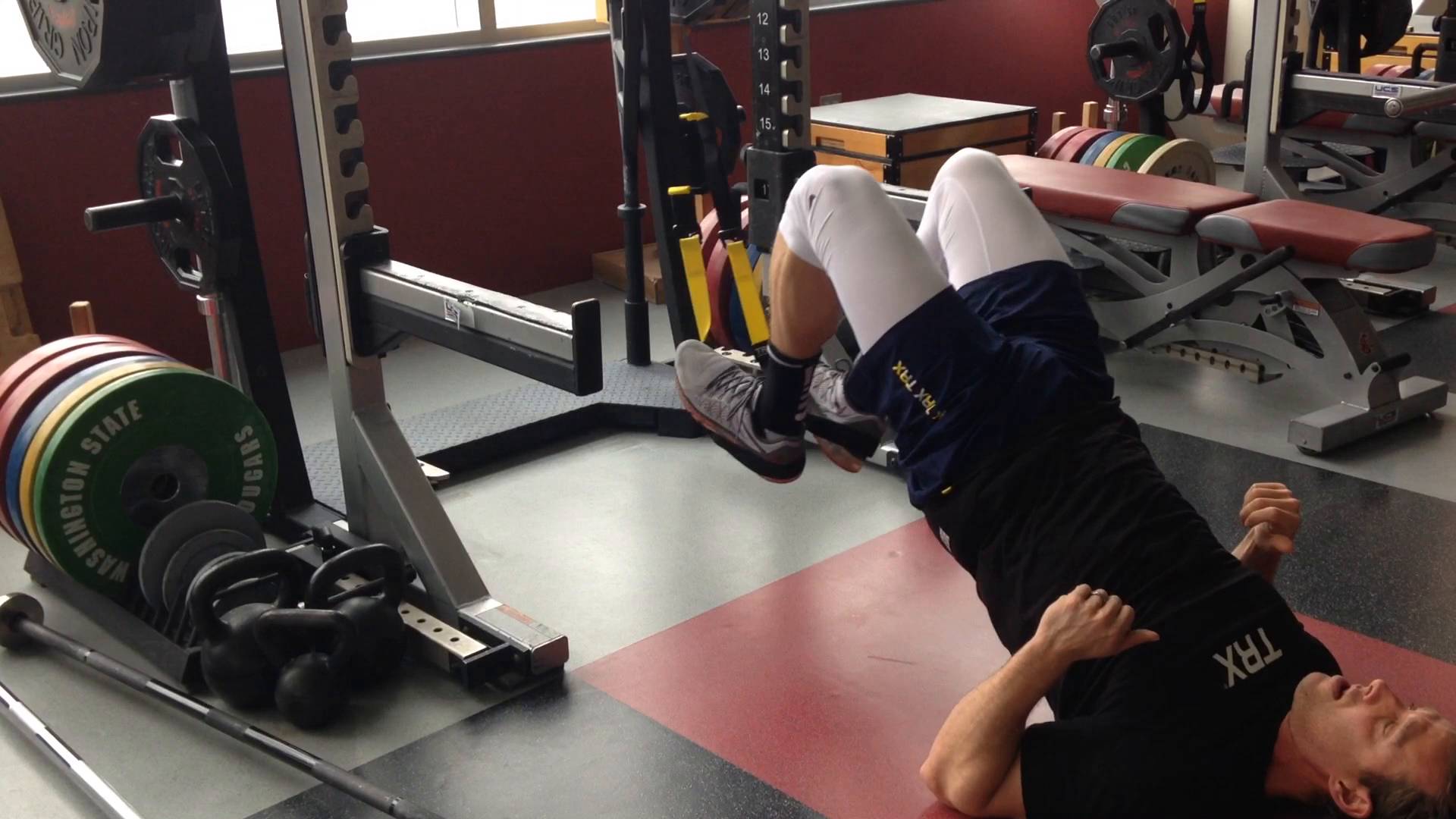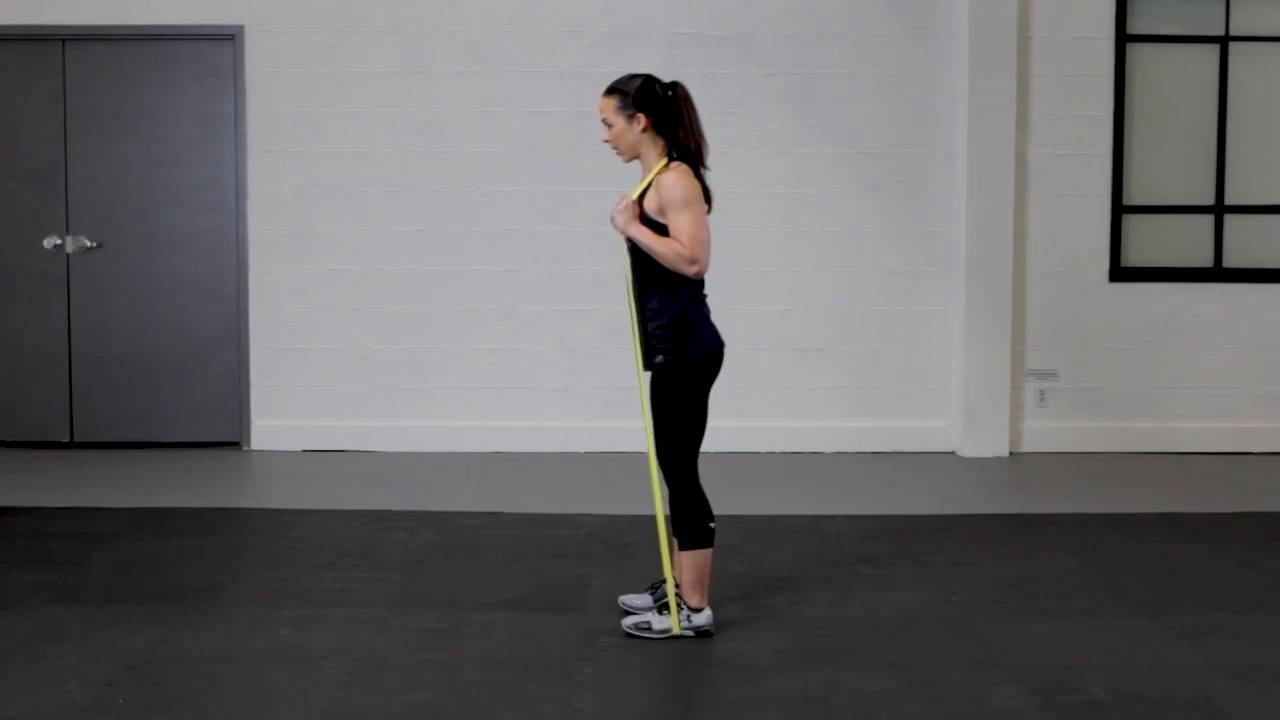While many factors can lead to faulty glutes, tight hip flexors are the most common culprit. Want to find exercises that target your specific mobility needs? Take our quick assessment quiz to get a personalized plan for activating your glutes and releasing tight hip flexors. When you sit for long periods of time, your hip flexors become shorter and tighter. Your hip flexors act as an antagonist to your glutes, which means it is impossible to activate both muscles at the same time. Thus, tight, overactive hip flexors prevent your glutes from doing their job, and other muscles, such as the hamstrings and low back, are forced to take over.
We can optimize the function of our glutes by working to increase the natural loading of the muscle group. How? By using other parts of our body as “drivers” during traditional glute exercises to accentuate the load and force the proprioceptors to turn the glute muscles on.
Let’s look at the lunge. If we are trying to accentuate glute loading, we can achieve this by adding a multidirectional reach. This reach drives the pelvis to rotate forward, increasing hip flexion. This action also increases the stretch or loading of the glutes and causes them to forcefully and eccentrically decelerate the movement, which also results in a more forceful explosion out of the lunge with reach position.
In the video above, TRX Senior Master Instructor Susane Pata shows us several traditional glute exercises with varying drivers that are effective in not only activating the target areas but also in increasing range of motion, strength and balance. Be sure to start with a single set and light load before progressing. You can increase loading further by adding resistance such as a medicine ball or light dumbbells. Perform 10 to 12 reps of each exercise.
- Lunge with Forward Reach
- Lunge with Side Reach
- TRX Crossing Balance Lunge
- Lunge with Rotational Reach
- Deep Squat
- Squat with Side Reach
- Squat with Rotational Reach
Remember, our butts are there for a reason. They stabilize the hips and assist in various hip and leg movements. Without proper function, you run into pain, dysfunction or injury that will ultimately affect your movement in sport and life.
In her role as TRX Senior Master Instructor, Susane Pata travels the world teaching TRX Professional Education Courses and assists with the development and training of new course instructors. She has been involved with TRX since the company's inception and played an integral role in creating the Group Suspension Training Course we currently teach today. Susane is currently pursuing a doctorate degree in Physical Therapy.



